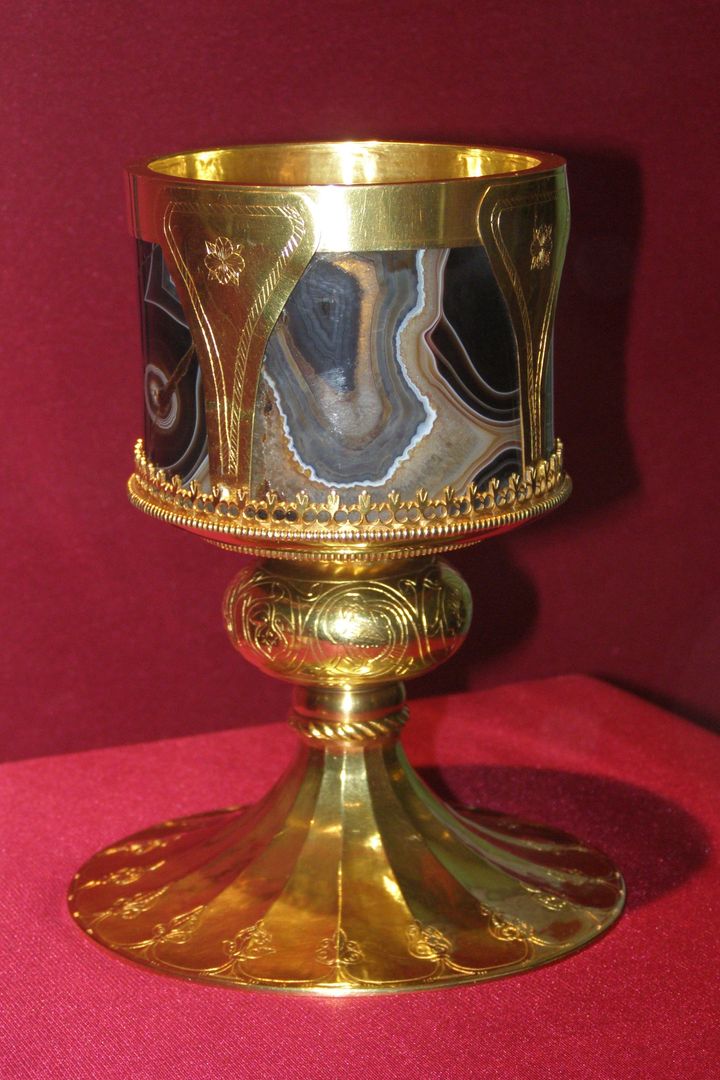Archdiocesan Museum in Gniezno
6.64

Overview
The Archdiocesan Museum in Gniezno was established in 1989 by the Archbishop of Gniezno, Józef Glemp, and opened to the public on May 22, 1991. It is housed in an adapted building at 2 Kolegiaty Street, right next to the Gniezno Cathedral. The museum is responsible for the extensive collection of sacred art from the archdiocese, often relocated from other sites such as the collegiate churches in Kruszwica and Trzemeszno. Its holdings include the cathedral treasury, which, alongside those of Wawel and Jasna Góra, contains some of the most valuable Romanesque and Gothic sacred art artifacts in Poland, including the famous Gniezno Doors. The museum also oversees collections of sculptures, coffin portraits, liturgical textiles, and memorabilia of the Primates of Poland. The first director and curator of the museum was Bolesław Dzierwa. Among the museum's treasures is one of the oldest Latin leonines in Poland, dating back to the 12th century—a rare historical witness to sacred liturgical texts. Notable exhibits include the Chalice of Saint Adalbert, two chalices of Dobrawa from the 12th and 13th centuries, a 14th-century wooden relief depicting the Dormition of the Virgin Mary, and the sculpture "Lamentation from Gościeszyn" from around 1420. The museum is a significant cultural landmark in Poland, blending history, sacred art, and architecture, making it an intriguing destination for both tourists and researchers.
Location
Tickets
Powered by GetYourGuide
2025 Wizytor | All Rights Reserved